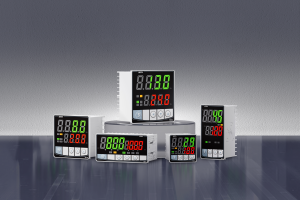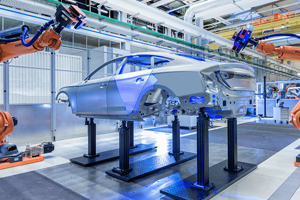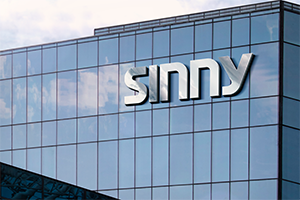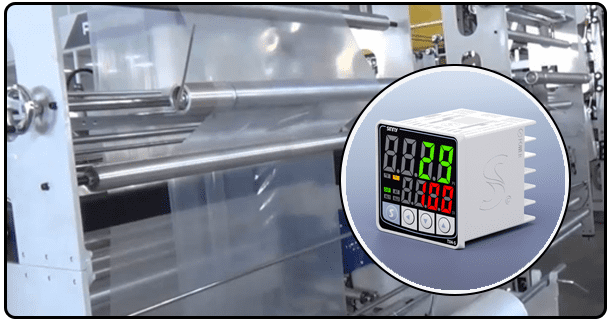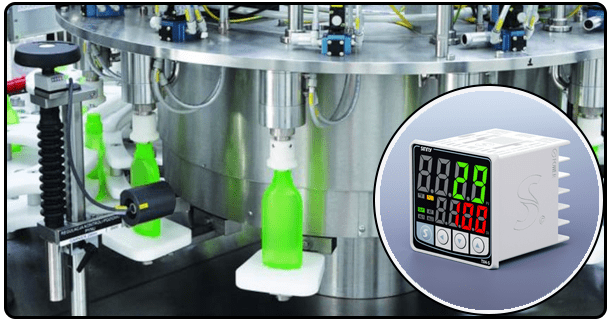What is a PID controller? What is its role and applications?
1. Introduction
Basic Concepts
The PID control system is used to regulate the process variables. The PID controller combines three basic components: integral, proportional and derivative.
Proportional (P): This component generates an output value proportional to current error values. This component provides an immediate correction but it does not eliminate steady-state errors.
Integer (I) : This component adds up the errors in the past to remove the offset that can't be removed by a proportional controller. It ensures zero steady-state error.
Derived (D) : This component forecasts future errors based on the rate of its change. This component has a damping action, which reduces overshoots and improves system stability.
PID controllers: How they work
PID controllers continuously calculate an error value as a difference between the desired setpoint and measured process variables (PV). The PID controller applies corrections based on integral, derivative, and proportional terms.
Process Value(PV) : Current measured value for the process variable.
Setpoint: A desired value which the system strives to maintain.
Calculation of Error: Difference between PV and SP.
The PID controller will adjust the input control to bring the PV close to the SP. The controller receives continuous feedback from the system through a closed loop mechanism.
Cruise Control in Cars
Cruise control is a common application of PID in automobiles. It maintains vehicle speed by changing the throttle according to the difference between desired speed and current speed.
2. Tuning A PID Controller
To tune a PID, you must set the best values of the integral, proportional and derivative gains in order to get the system performing as desired.
The Importance Of Tuning: A properly tuned control system will ensure that it is accurate, responsive and stable.
Tuning Methods There are many ways to tune PID controllers. These include manual tuning, Ziegler Nichols' method and software-based tunning.
The manual tuning process involves iteratively adjusting gains to reach a desired response. Ziegler Nichols is a method that allows tuning to be done systematically based on certain criteria. The software tools allow for automated tuning by implementing advanced algorithms that optimize PID settings.
Application of PID controllers
Industrial Application In processes like chemical production, water treatment, or food processing, PID controls are used in manufacturing to control temperature, pressure and flow.
Consumer applications: You can find PID controllers in appliances such as refrigerators, home heating systems and coffee machines. These controllers ensure energy-efficiency and consistent performance.
3. Limitations and Advantages
The PID controllers have many benefits but also some limitations.
Advantages PID controllers can be easily implemented, are effective for a variety of applications and have the ability to fine tune their performance. PID controllers provide accurate control that leads to increased process efficiency and improved product quality.
Limitations PID controllers can struggle to control complex non-linear processes and require constant tuning for changes in process conditions. These controllers can be affected by noise or disturbances within the system.
Alternatives to PID controllers such as adaptive or model-predictive controllers may be better suited in certain situations. They can deal with complex dynamics, and they provide better performance for specific applications.
Modern control systems are ineffective without PID controllers. They are a key component in many industries because of their ability to accurately and reliably regulate the process variables. Professionals and automation enthusiasts must understand the PID principles and their applications. PID controllers are essential in maintaining a stable and efficient control of diverse processes as technology advances.
- The Complete Guide to Setting Up A PID Controller
- How to use a PID controller: A Step-byStep guide for precise control


